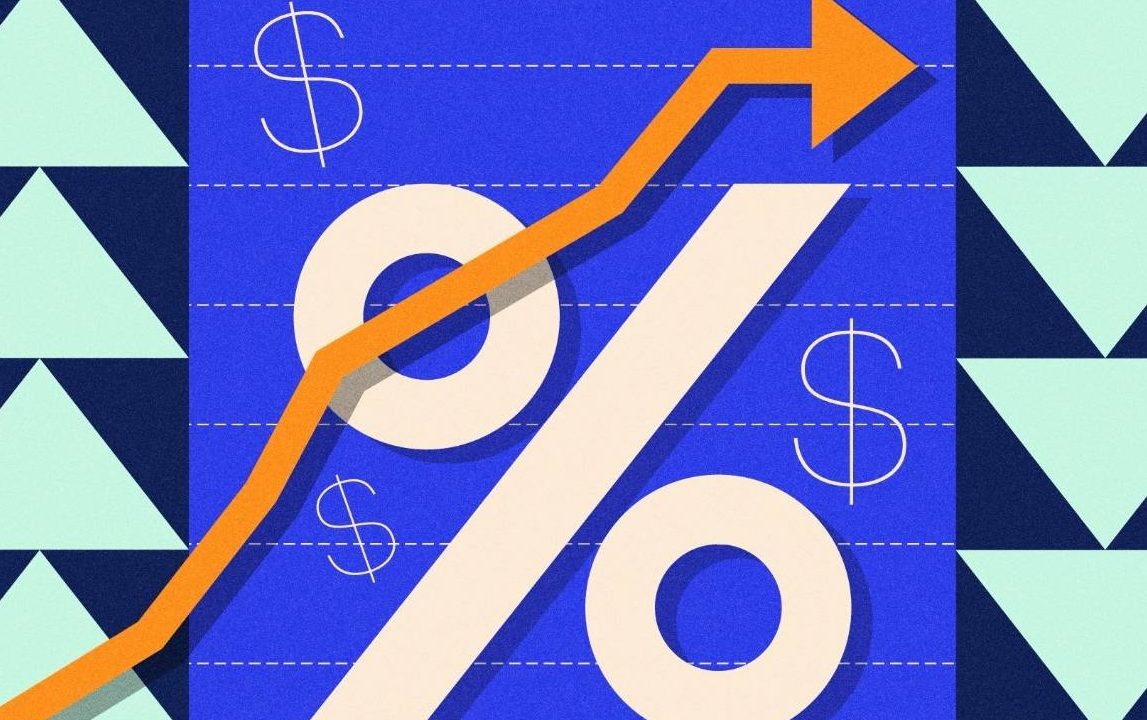
Prefu Economic Update: OCR and Interest Rate Projections, Housing Price Rise Forecasts
Economic experts suggest that there will be no surprises for the Reserve Bank of New Zealand (RBNZ) based on the future path of the Official Cash Rate (OCR) in the Prefu (Pre-election Economic and Financial Update). Caralee McLiesh, the Finance Minister, unveiled predictions for the government’s finances and the near future on Tuesday.
The government’s forecasts for finances and the economy are published in budget documents titled Economic and Financial Updates (EFUs).
The economic and financial update provides a detailed explanation of the updated economic and financial outlook, fiscal status analysis, and a summary of specific fiscal risks for the government. These predictions are typically released twice a year, with the Budget Economic and Financial Update (BEFU) published in May alongside other budget documents and the Half-Year Economic and Fiscal Update (HYFU) usually written in December. The Pre-election Economic and Financial Update (PREFU) must be released before general elections.
She pointed out that due to recent months’ increased immigration leading to additional demand in the economy, it is likely that the Reserve Bank of New Zealand (RBNZ) will find it more challenging to return inflation to target levels. She stated that there is a low likelihood of the central bank achieving its target by December 2024, suggesting that interest rates may not ease until late 2024 and further increases may be necessary.
The Finance Ministry mentioned that interest rates (OCR) are expected to remain higher for longer than predicted in the Budget Economic and Financial Update (BEFU). The current 90-day rate is projected to remain above 5.7% until mid-2024 and then gradually ease to just over 3% by 2027.
The Finance Ministry also indicated the possibility of modest quarterly increases in housing prices from the June quarter this year, with an annual growth rate of 3.9% expected until June 2027.
Brad Olson, CEO of Infometrics, suggested that this update is not expected to have a significant impact on interest rates or the OCR track. He said, “The Finance Ministry’s economic outlook largely aligns with that presented during budget preparation in May. While they have pointed out that an increase in OCR may be necessary if inflation pressures persist, it is certainly not the central view.” However, he also noted other challenges ahead.
Prefu anticipates that government spending will exceed predictions from Befu (Budget Economic and Financial Update) by NZD 7 billion, and tax collections will fall short by NZD 3.5 billion. Expenditure for 2023/2024 is expected to increase by NZD 5.2 billion compared to pre-Covid-19 levels.

▲ The finance minister said the latest forecasts showed the economy had “turned a corner”.
프레푸(Prefu) 경제 업데이트: OCR 및 금리 예상, 주택 가격 상승 예측
경제 전문가들은 프레푸(Prefu)에서 공식현금금리(OCR)의 향후 경로를 결정함에 따라 중앙은행(RBNZ)을 놀라게 할 만한 일은 없을 것이라고 말한다. 캐럴리 맥리쉬(Caralee McLiesh) 재무장관은 화요일 ‘선거 전 경제재정 업데이트(Prefu – Pre-election Economic and Financial Update)’를 통해 정부 장부와 가까운 미래에 대한 예측을 공개했다.
정부 재정과 경제에 대한 재무부의 예측은 EFUs(Economic and Financial Updates)라는 제목의 예산 문서에 발표된다.
경제 및 재정 업데이트는 업데이트된 경제 및 재정 전망, 재정 상태 분석 및 특정 재정 위험 요약을 포함한 정부의 재정 상태에 대한 상세한 설명을 제공한다. 이러한 예측은 보통 매년 두 번 발표되는데, 예산 경제 재정 업데이트(BEFU)는 매년 5월에 다른 예산 문서와 함께 발표되고, 반년 경제 재정 업데이트(HYFU)는 보통 12월에 작성된다. 선거 전 경제 재정 업데이트(PREFU)는 총선 전에 발표되어야 한다.
그녀는 최근 몇 달 동안 이민 급증으로 경제에 추가적인 수요가 발생했기 때문에, 결국 중앙은행(RBNZ)이 인플레이션을 목표치로 되돌리는 것이 더 어려워질 가능성이 높다고 지적했다. 그녀는 중앙은행의 목표가 2024년 12월까지 달성될 가능성이 낮아 금리가 2024년 말까지 완화될 것 같지 않으며, 추가 인상이 필요할 수 있다고 말했다.
재무부는 금리(OCR)가 ‘예산 업데이트(Befu – Budget Economic and Financial Update)’에서 예측했던 것보다 더 오랫동안 더 높게 유지되어야 할 것으로 예상한다고 언급했다. 현재 90일 금리는 2024년 중반까지 5.7% 이상을 유지하다가 2027년에는 3%를 조금 넘는 수준으로 완화될 것으로 예상하고 있다.
재무부는 주택 가격이 올해 6월 분기부터 소폭의 분기별 상승률을 보이고 2027년 6월까지 연간 3.9%의 성장률을 보일 가능성이 있다고 밝혔다. 인포메트릭스의 브래드 올슨 최고경영자는 이번 업데이트가 금리나 OCR 트랙에 큰 영향을 미칠 것으로 예상하지 않는다고 말했다. “재무부의 경제전망은 지난 5월 예산편성 당시와 대체로 일치합니다. 그들은 인플레이션 압력이 지속된다면 OCR을 인상해야 된다고 지적했지만, 그것은 확실히 중심적인 견해가 아닙니다.” 하지만 그는 또 다른 어려움들이 있다고 말했다. 프리푸(Prefu)는 정부 지출이 예상 기간 동안 베푸(Befu)에서 예측한 것보다 70억 달러 더 많고 세금이 35억 달러 덜 걷힐 것으로 예상했다. 2023/2024년 지출은 Covid-19 이전 수준보다 520억 달러 증가할 것으로 예상된다.

